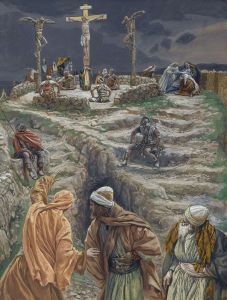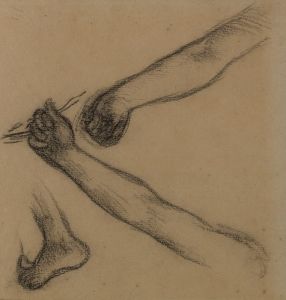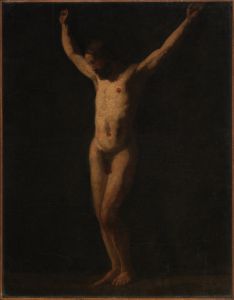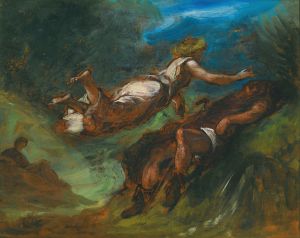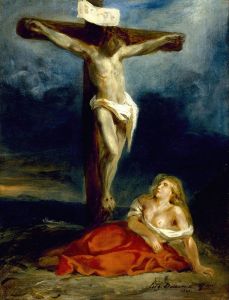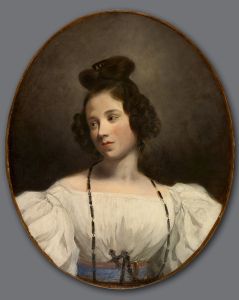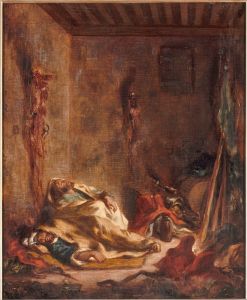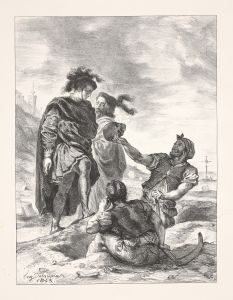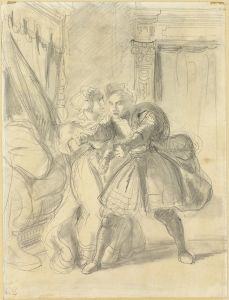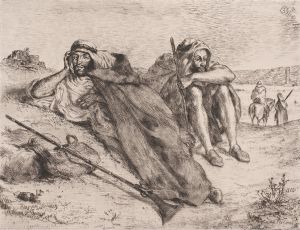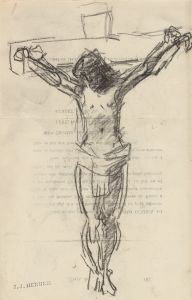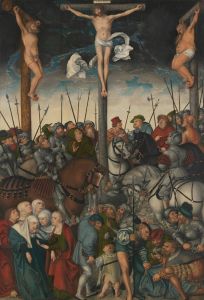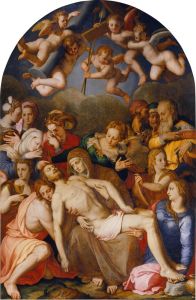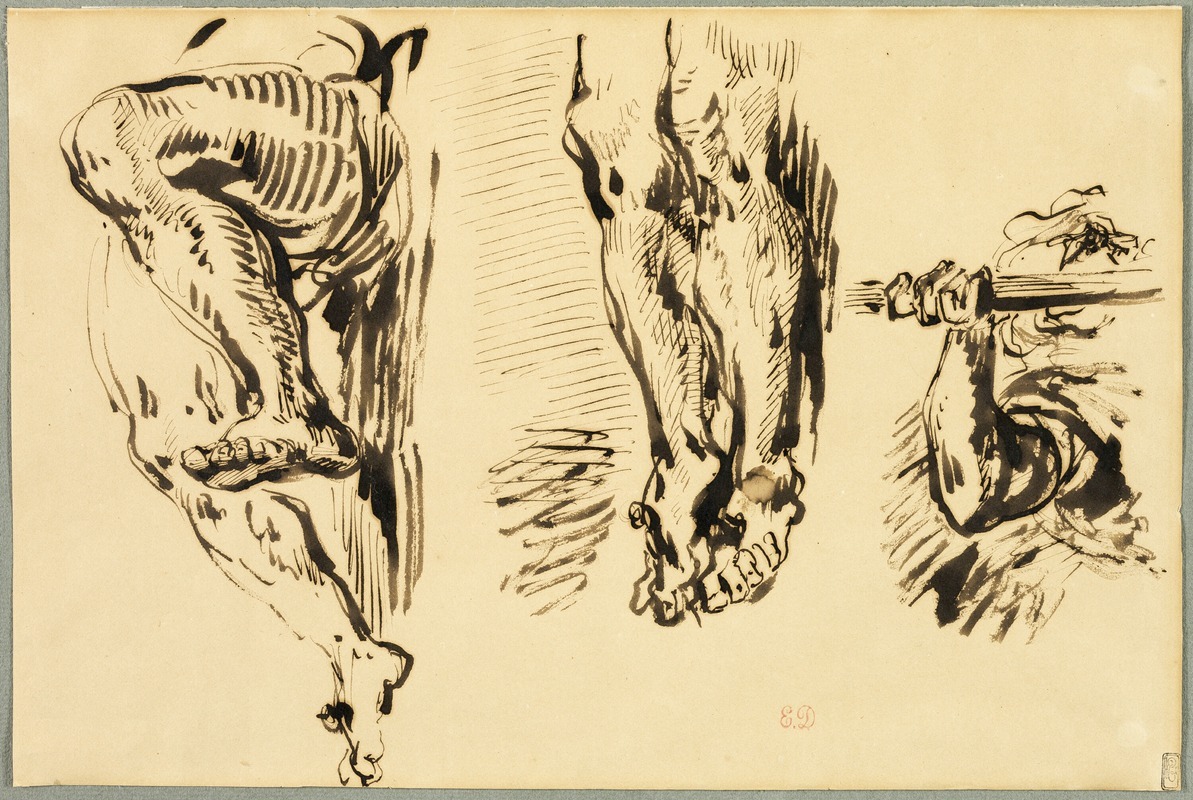
Study of Arms and Legs of Christ Crucified
A hand-painted replica of Eugène Delacroix’s masterpiece Study of Arms and Legs of Christ Crucified, meticulously crafted by professional artists to capture the true essence of the original. Each piece is created with museum-quality canvas and rare mineral pigments, carefully painted by experienced artists with delicate brushstrokes and rich, layered colors to perfectly recreate the texture of the original artwork. Unlike machine-printed reproductions, this hand-painted version brings the painting to life, infused with the artist’s emotions and skill in every stroke. Whether for personal collection or home decoration, it instantly elevates the artistic atmosphere of any space.
Eugène Delacroix, a leading figure of the French Romantic movement, is renowned for his expressive brushwork and vibrant use of color. Among his many works, "Study of Arms and Legs of Christ Crucified" is a notable piece that reflects his interest in religious themes and his dedication to mastering the human form. This study, as the title suggests, focuses on the anatomical details of Christ's limbs, a subject that has been a central theme in Christian art for centuries.
Delacroix's study is not a finished painting but rather a preparatory work, likely intended to aid in the development of a larger composition. Such studies were common practice among artists, serving as a means to explore form, light, and shadow, as well as to capture the emotional intensity of the subject. Delacroix's approach to this study demonstrates his commitment to realism and his ability to convey the physical and emotional suffering of Christ through meticulous attention to anatomical detail.
The study showcases Delacroix's skill in rendering the human body with precision and sensitivity. The limbs are depicted with a keen understanding of musculature and bone structure, highlighting the tension and strain experienced by Christ during the crucifixion. This focus on the physicality of Christ's suffering is a hallmark of Delacroix's work, reflecting the Romantic era's fascination with emotion and the human condition.
Delacroix's interest in religious subjects was influenced by his admiration for the Old Masters, particularly the works of Michelangelo and Rubens, who were known for their dynamic compositions and powerful depictions of the human form. Delacroix often drew inspiration from these artists, seeking to capture the same sense of drama and intensity in his own work.
The "Study of Arms and Legs of Christ Crucified" is an example of Delacroix's broader exploration of religious and historical themes, which he often infused with a sense of drama and movement. His studies and sketches reveal his process of experimentation and refinement, as he sought to achieve a balance between realism and emotional expression.
While the exact date of this study is not well-documented, it is consistent with Delacroix's broader body of work, which frequently revisited themes of suffering, redemption, and the human experience. His studies often served as a foundation for larger, more complex compositions, where he could fully realize his vision of the subject matter.
Delacroix's contributions to art extend beyond his individual works; he played a crucial role in the transition from the neoclassical style to the more expressive and emotive style of Romanticism. His emphasis on color, movement, and emotion influenced subsequent generations of artists, leaving a lasting impact on the art world.
In summary, "Study of Arms and Legs of Christ Crucified" exemplifies Eugène Delacroix's dedication to capturing the human form and his ability to convey deep emotional resonance through his art. This study, while not a finished piece, offers insight into Delacroix's artistic process and his enduring influence on the Romantic movement.





